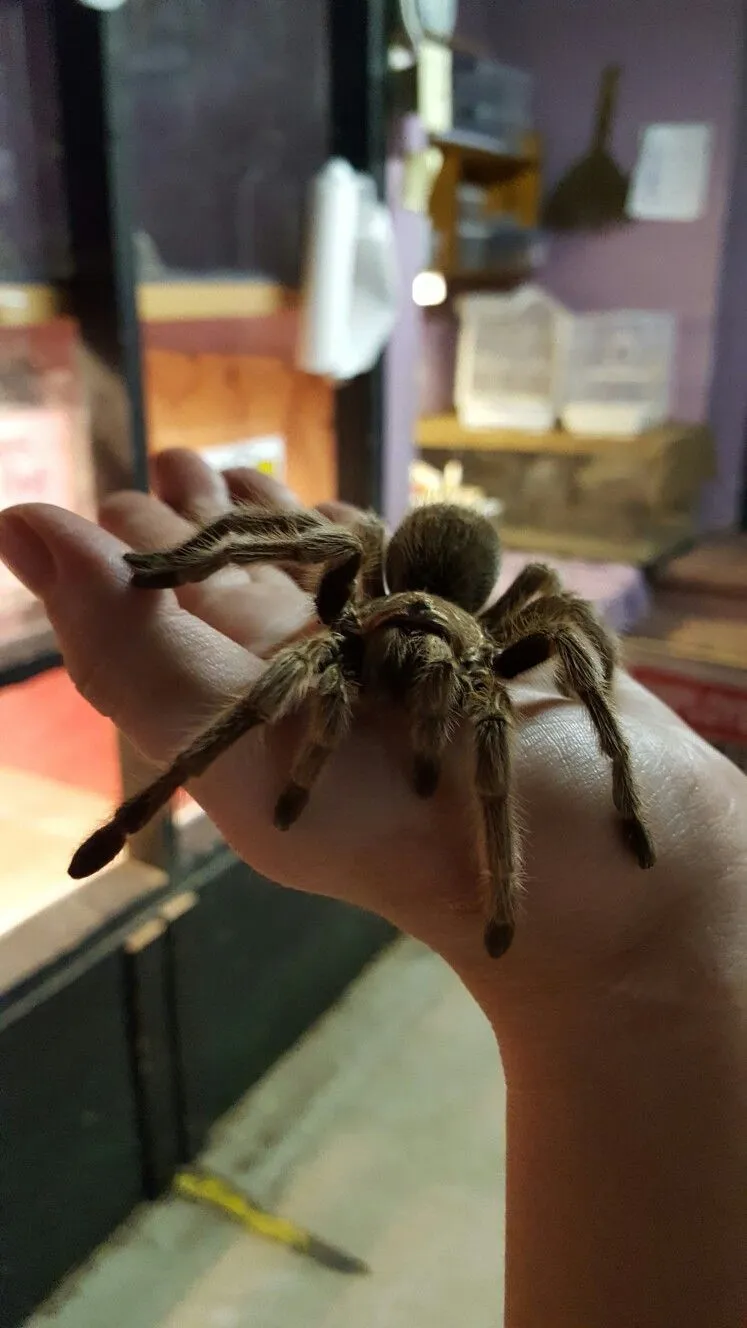Why Are Rose Hair Tarantulas Aggressive
Rose hair tarantulas, while generally known for their docile nature, can sometimes exhibit aggressive behaviors. Understanding the reasons behind this aggression is crucial for responsible pet ownership and ensuring the well-being of your tarantula. A tarantula’s temperament is influenced by various factors, including its environment, genetics, and individual personality. Recognizing the causes of aggression can help you create a suitable habitat and handle your pet safely. This article dives into the top 5 facts about aggressive rose hair tarantulas, providing insights into their behavior and offering practical advice for owners. By learning more about these fascinating creatures, you can foster a harmonious relationship with your rose hair tarantula and address any aggression issues effectively.
Understanding Rose Hair Tarantula Temperament
The temperament of a rose hair tarantula varies from individual to individual. Some tarantulas are calm and tolerant, while others can be more defensive or display aggressive behaviors. It’s important to understand that these spiders are not inherently aggressive; their actions are often a result of fear or perceived threats. Observing your tarantula’s body language and understanding its individual personality is essential for predicting its behavior and handling it safely. Factors such as age, sex, and previous experiences can all play a role in shaping a tarantula’s temperament. With patience and careful observation, you can learn to recognize your tarantula’s cues and respond appropriately, promoting a positive interaction and reducing the likelihood of aggression.
Factors Influencing Aggression
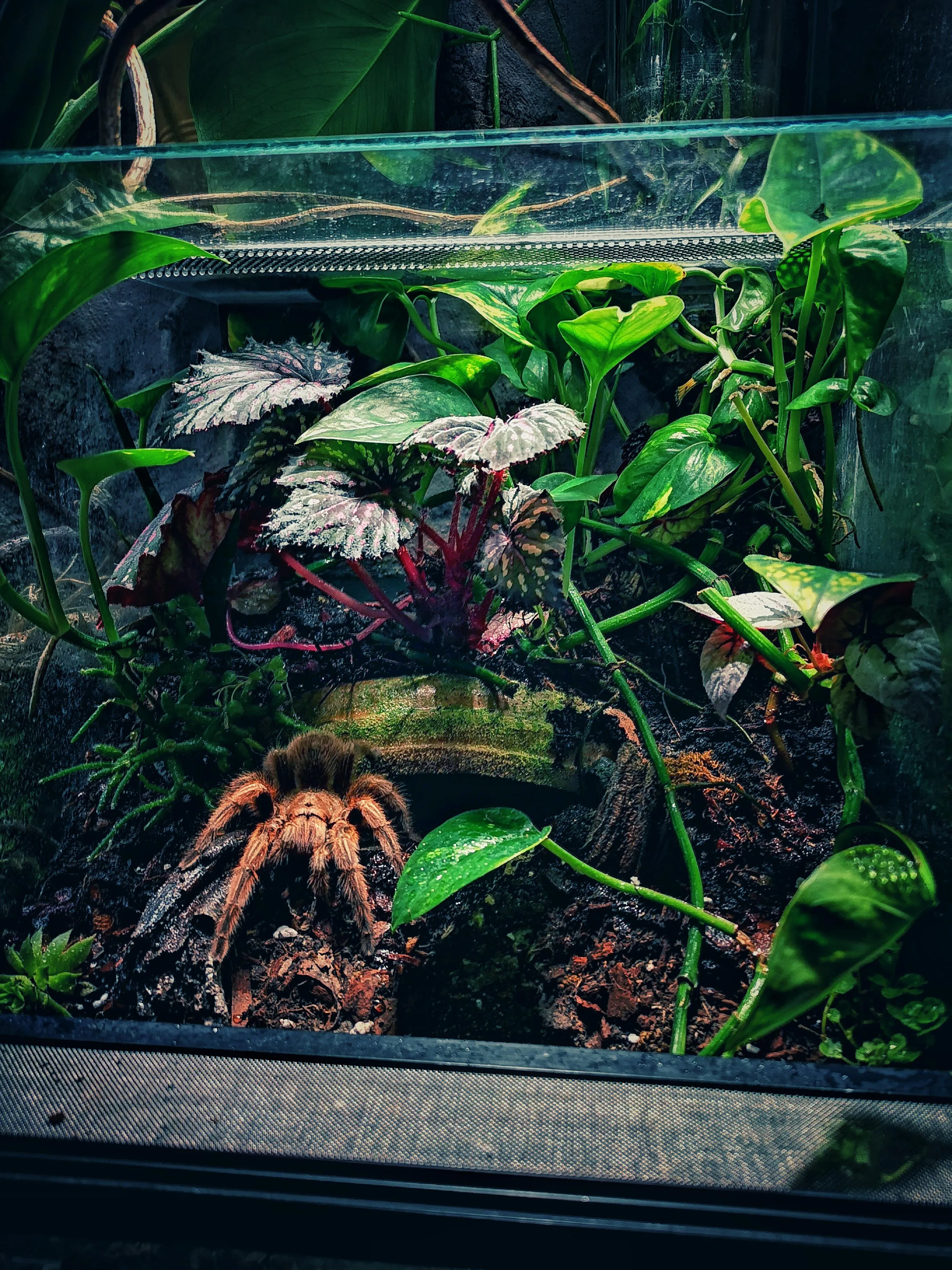
Several factors can influence a rose hair tarantula’s level of aggression. The environment plays a significant role; a stressful or inadequate habitat can make a tarantula more prone to defensive behaviors. Genetics also contribute; some tarantulas may have a naturally more defensive disposition. Handling and interaction practices are another crucial factor. Frequent or improper handling can stress a tarantula, leading to aggression. Additionally, the tarantula’s health and well-being affect its behavior. A sick or injured tarantula is likely to be more irritable and defensive. By addressing these factors, you can create a more comfortable environment and minimize the chances of your tarantula exhibiting aggressive tendencies.
Common Causes of Aggression
Several common factors often trigger aggressive behavior in rose hair tarantulas. These include a poorly designed or maintained enclosure, which can lead to stress. Another major cause is perceived threats, such as sudden movements or loud noises, which can make the tarantula feel unsafe. Furthermore, improper handling techniques can be a significant contributor to aggression. Overhandling or handling a tarantula in a way that makes it feel threatened can cause it to become defensive. Starvation or a lack of proper nutrition can also affect the tarantula’s mood, making it more likely to exhibit aggressive behaviors. Addressing these factors through thoughtful pet care is key to a happy and calm rose hair tarantula.
Fact 1 Habitat and Environment
The environment of a rose hair tarantula is critical in determining its behavior. A well-designed and maintained enclosure provides a safe and comfortable space, reducing stress and the likelihood of aggression. The enclosure should be of an appropriate size, allowing the tarantula enough room to move around and feel secure. It should also include a suitable substrate, such as coconut fiber or peat moss, for burrowing and maintaining humidity levels. Adequate ventilation is essential to prevent the build-up of harmful gases and the growth of mold. Providing hiding places, such as cork bark or artificial plants, gives the tarantula a sense of security and reduces its stress levels. A stable temperature and humidity level also contribute to the tarantula’s well-being, decreasing the chances of it becoming aggressive.
Fact 2 Defensive Behavior
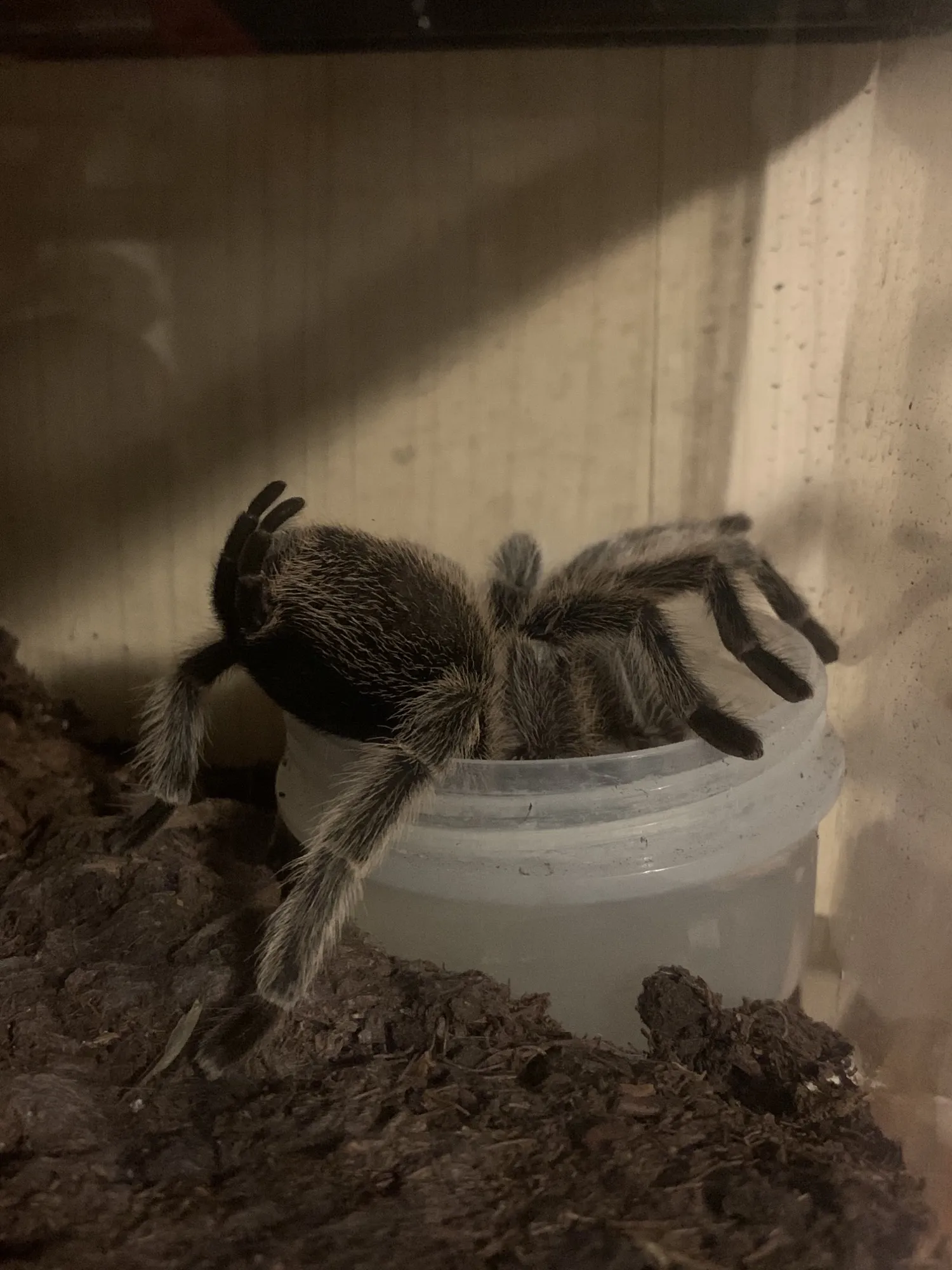
Rose hair tarantulas are generally not aggressive by nature; however, they possess several defensive behaviors they may exhibit when feeling threatened. These behaviors are often misinterpreted as aggression but are, in fact, self-preservation tactics. One common defense mechanism is flicking urticating hairs from their abdomen. These hairs can cause skin irritation in humans. Another defense tactic is raising their front legs and displaying their fangs in a threatening posture. A rose hair tarantula might also hiss or stridulate (rubbing body parts together to create a warning sound). When faced with a perceived threat, such as handling or loud noises, these behaviors are designed to ward off potential predators. Understanding these behaviors can help you recognize when your tarantula is feeling stressed and avoid actions that could trigger defensive reactions.
Fact 3 Feeding Habits
Feeding habits greatly affect a rose hair tarantula’s behavior. Providing a consistent feeding schedule and a nutritious diet is essential for its health and temperament. It is important not to overfeed your tarantula; overfeeding can lead to health problems and potential aggression. The size and frequency of meals should be appropriate for the tarantula’s size and age. Avoid disturbing your tarantula during feeding; this can cause stress. Offering a variety of insects, such as crickets or roaches, ensures a balanced diet. Always provide fresh water, as dehydration can stress the tarantula and make it more defensive. Observant feeding and proper hydration will help maintain a balanced and happy spider.
Fact 4 Handling and Interaction
Handling and interaction techniques play a significant role in a rose hair tarantula’s behavior. While these tarantulas are known for their docile nature, they are not generally fond of being handled. Frequent or improper handling can lead to stress and increased aggression. If you must handle your tarantula, do so gently and slowly, avoiding sudden movements. Always approach from the side, never from above, as this can be perceived as a threat. Ensure your hands are clean and free of strong odors that might disturb the tarantula. If the tarantula displays defensive behaviors, such as raising its front legs or flicking hairs, it is best to put it back in its enclosure. Limiting handling and respecting your tarantula’s space is crucial for preventing aggression and promoting a positive relationship.
Fact 5 Health and Well-being
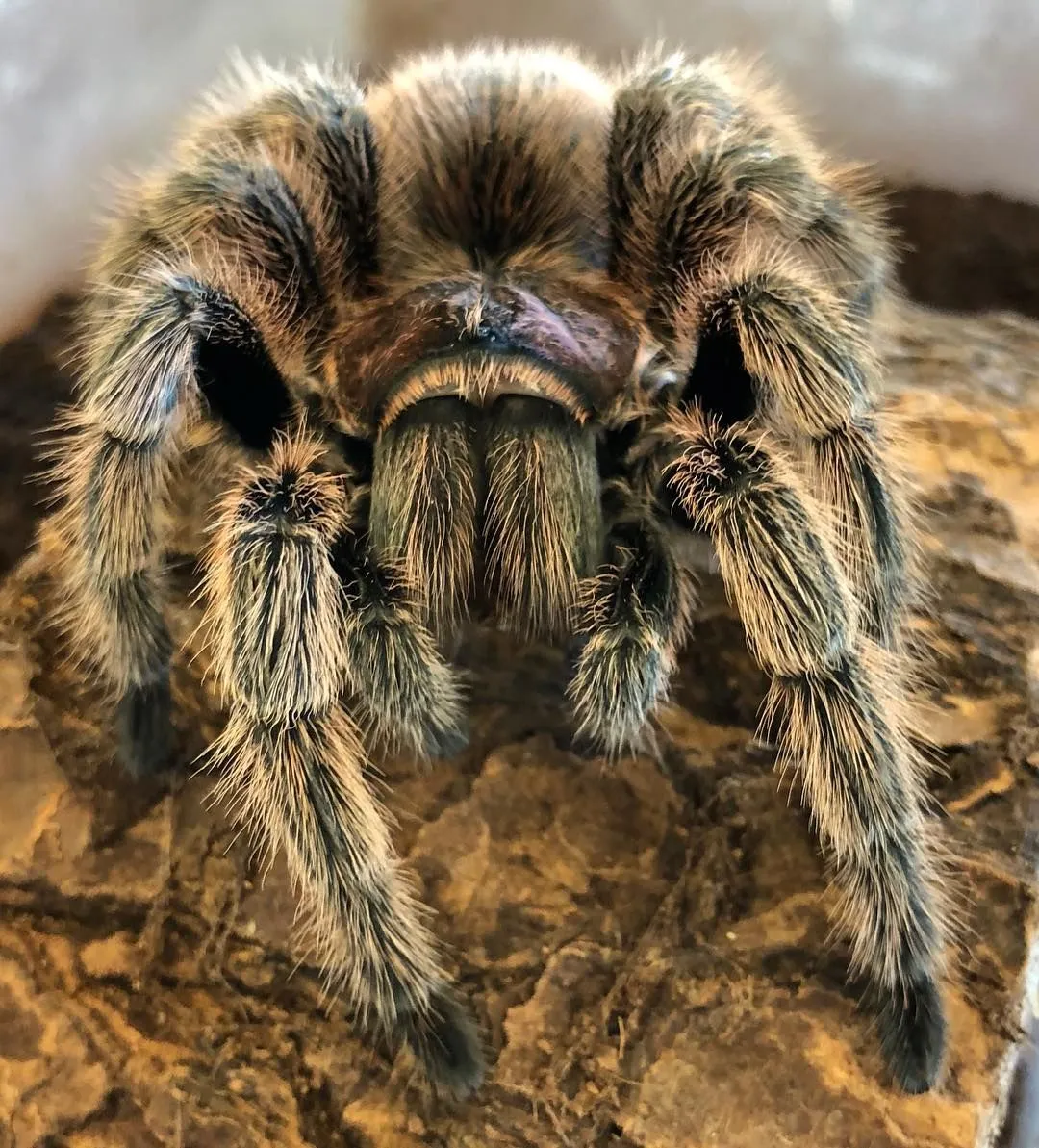
A rose hair tarantula’s overall health and well-being heavily influence its behavior. Sick or injured tarantulas are more likely to exhibit aggressive tendencies. Regularly monitor your tarantula for any signs of illness, such as lethargy, loss of appetite, or unusual posture. Providing a clean and stress-free environment contributes to its health. Ensure that the enclosure is kept at the correct temperature and humidity levels to prevent respiratory issues. If you suspect that your tarantula is ill, consult a veterinarian experienced in exotic animals for a proper diagnosis and treatment plan. Proper care, including a balanced diet, adequate hydration, and a clean enclosure, plays a key role in keeping your rose hair tarantula healthy, happy, and less prone to aggression.
How to Handle an Aggressive Rose Hair Tarantula
Managing an aggressive rose hair tarantula requires a cautious approach and a thorough understanding of its behavior. It’s essential to remain calm and avoid any sudden movements or loud noises that could startle the tarantula. Never try to force interactions; respect the tarantula’s space and allow it to retreat to its hiding place if it feels threatened. Using long forceps when feeding or cleaning the enclosure can minimize the risk of being bitten. It is important to recognize that these spiders have venom, and, although their venom isn’t deadly to humans, a bite can still be very painful. Always wash your hands thoroughly after handling or being near the tarantula. Prioritizing the tarantula’s safety and well-being will contribute to a safer interaction and reduce the likelihood of aggressive encounters.
Recognizing Aggression Signs
Recognizing the signs of aggression is critical to handling an aggressive rose hair tarantula. Watch for specific behaviors that indicate the tarantula is feeling threatened or agitated. Defensive postures include raising its front legs, displaying its fangs, or flicking urticating hairs. Hissing or stridulating, a sound produced by rubbing body parts together, is another clear sign of stress. The tarantula’s body language will provide important cues. If the tarantula retreats into its hide or remains motionless, this could also indicate fear or stress. Paying attention to these signs will allow you to adjust your approach, avoid triggering further aggression, and handle the tarantula safely. Early recognition of these signs helps prevent escalation and protects both the tarantula and the handler.
Safe Handling Techniques
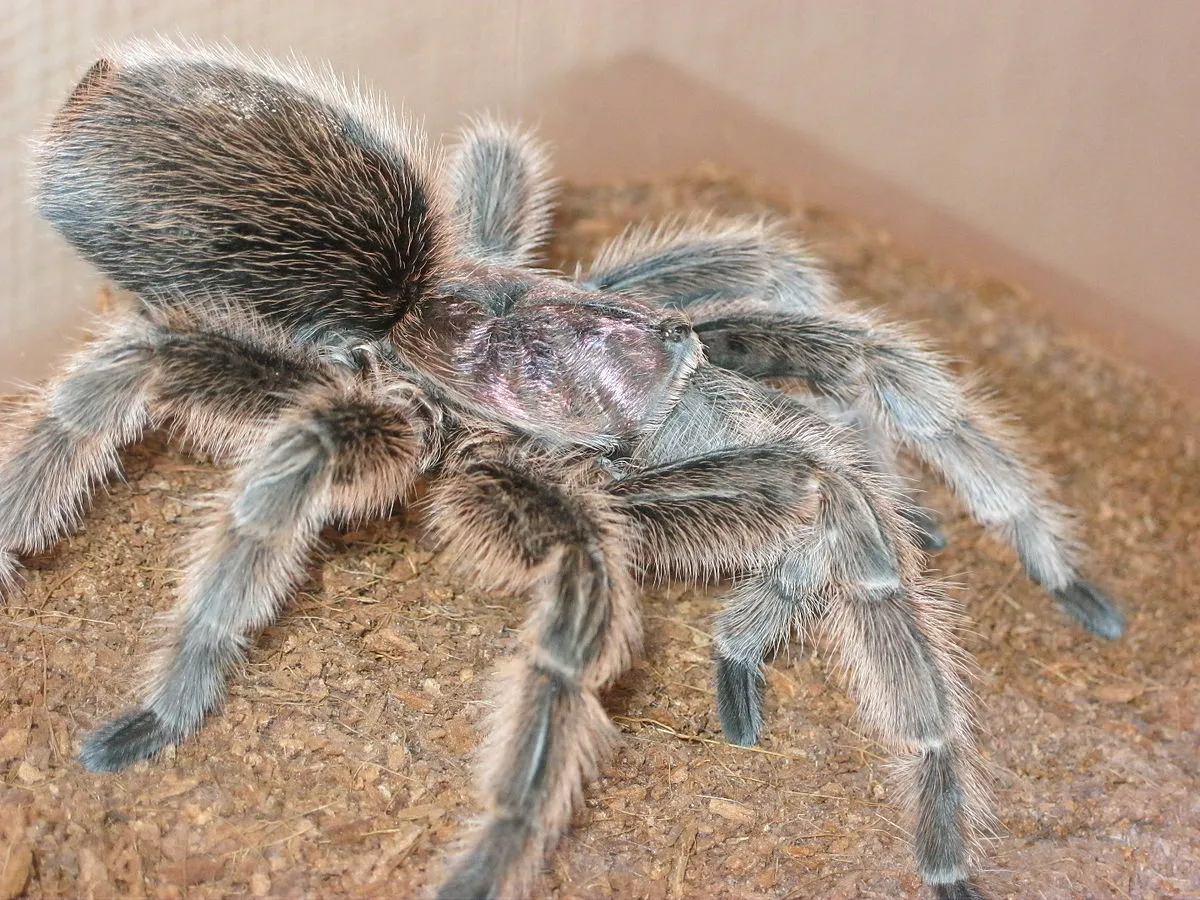
Implementing safe handling techniques is crucial when dealing with an aggressive rose hair tarantula. The first and most important rule is to avoid handling the tarantula unnecessarily. If handling is unavoidable, do so slowly and gently, allowing the tarantula to move at its own pace. Always approach the tarantula from the side, avoiding sudden movements. Use long forceps to gently guide the tarantula if you need to move it. If the tarantula displays any signs of aggression, immediately stop handling and retreat. Ensure that you handle the tarantula over a soft surface, like a bed or a carpet, to minimize the risk of injury if it falls. Wash your hands thoroughly before and after any interaction. These techniques will help to keep both you and your tarantula safe.
Creating a Stress-Free Environment
Creating a stress-free environment is paramount for managing an aggressive rose hair tarantula. Ensure the enclosure is set up correctly, with the appropriate substrate, hiding places, and ventilation. Maintain the correct temperature and humidity levels, and provide a consistent feeding schedule to prevent starvation. Avoid any sudden movements or loud noises near the enclosure. Minimize disturbances, such as tapping on the glass or excessive handling. Place the enclosure in a quiet, low-traffic area where the tarantula will feel secure. Regularly clean the enclosure, removing any uneaten food or waste, to maintain a hygienic environment. By focusing on these factors, you can create a calm and stable environment for your tarantula, significantly reducing its stress levels and aggression.
When to Seek Expert Advice
Knowing when to seek expert advice is crucial when dealing with an aggressive rose hair tarantula. If the tarantula’s aggression persists despite implementing the suggested management strategies, it is time to consult a professional. A veterinarian experienced in exotic animals can rule out any underlying health issues that might be contributing to the behavior. An experienced arachnid keeper or a tarantula specialist can offer guidance on enclosure setup, handling techniques, and environmental adjustments. If the tarantula bites or displays extremely erratic behavior, seek immediate veterinary attention. They can provide a comprehensive understanding of the situation and develop a targeted management strategy. Consulting with experts will ensure the best care and well-being of your tarantula.
Preventing Aggression in Rose Hair Tarantulas
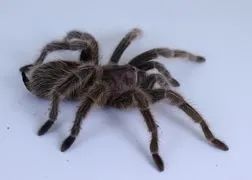
Preventing aggression in rose hair tarantulas starts with providing excellent care and creating a stress-free environment. This involves a combination of proper enclosure setup, an appropriate feeding schedule, and thoughtful handling practices. Understanding and addressing the underlying causes of aggression is key. By taking proactive steps to create a calm and comfortable habitat, you can significantly reduce the likelihood of aggressive behavior. This proactive approach ensures the long-term health and well-being of your tarantula, fostering a harmonious relationship between you and your pet.
Proper Enclosure Setup
The proper enclosure setup is fundamental in preventing aggression in rose hair tarantulas. The enclosure should be appropriately sized, allowing enough space for the tarantula to move and feel secure. A secure lid is essential to prevent escapes. Include a substrate that allows the tarantula to burrow and maintain humidity. Offer a variety of hiding places, such as cork bark or artificial plants, to provide a sense of security and reduce stress. Maintain the appropriate temperature and humidity levels with the use of a thermometer and hygrometer. Adequate ventilation will keep the air fresh and clean, eliminating the build-up of harmful gases. A well-designed and maintained enclosure is the foundation for a healthy and happy tarantula, reducing the likelihood of aggression.
Appropriate Feeding Schedule
Establishing an appropriate feeding schedule is essential for preventing aggression in rose hair tarantulas. Overfeeding can lead to obesity and other health issues, while underfeeding can result in stress and defensive behavior. The frequency and amount of food should be determined by the tarantula’s size and age. Provide a varied diet of appropriately sized insects, such as crickets or roaches. Remove any uneaten food after a reasonable amount of time to prevent the build-up of harmful bacteria in the enclosure. Always provide fresh water in a shallow dish. Monitoring the tarantula’s eating habits can help you adjust the feeding schedule as needed. A consistent, well-planned feeding routine contributes to the overall well-being of the tarantula, thereby reducing the likelihood of aggression.
Avoiding Overhandling
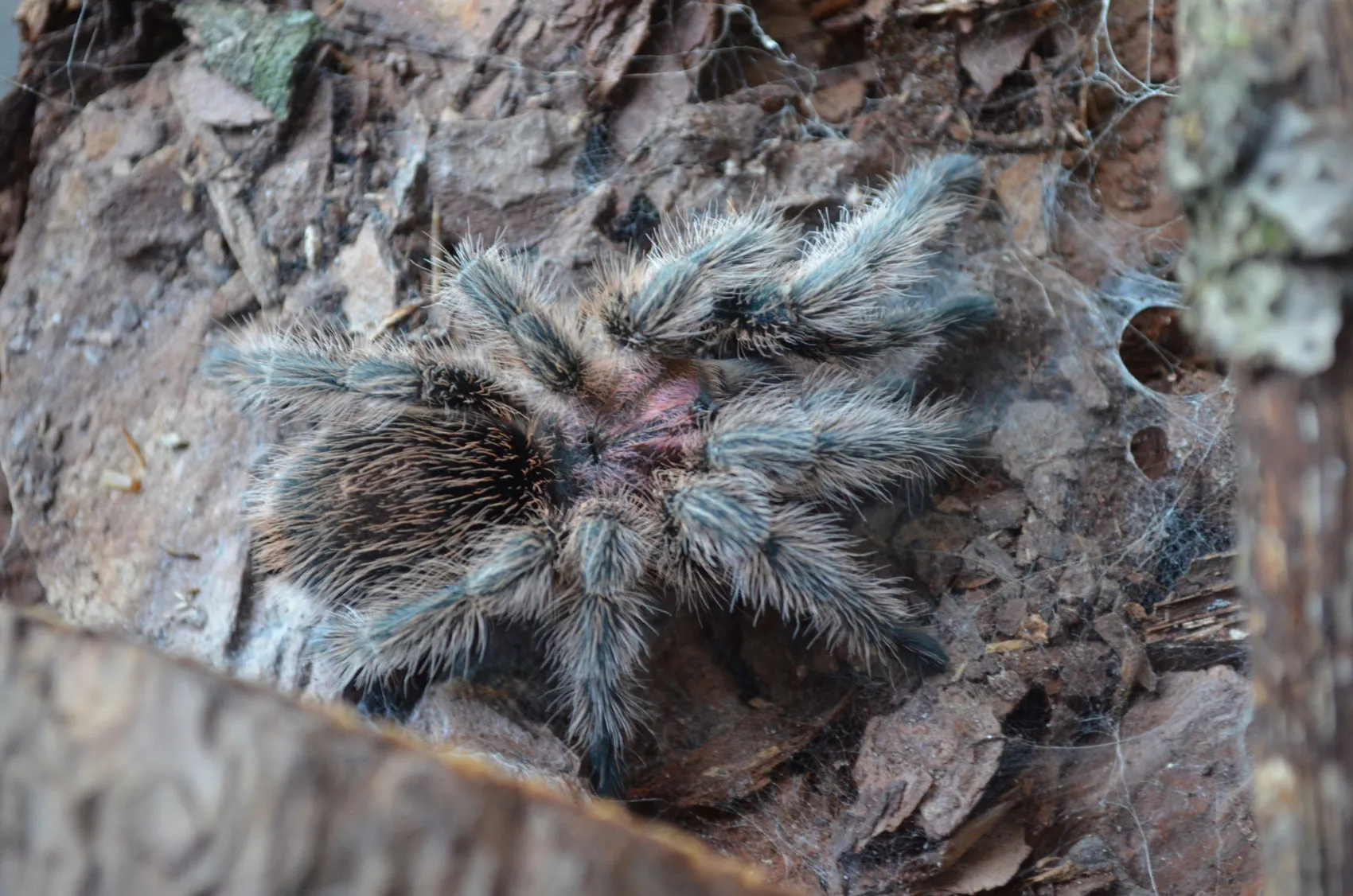
Avoiding overhandling is paramount in preventing aggression in rose hair tarantulas. These tarantulas are generally not fond of being handled and can become stressed or defensive when handled too frequently. Limit handling to necessary situations, such as enclosure cleaning or health checks. When handling is required, do so gently and slowly, allowing the tarantula to move at its own pace. Always approach the tarantula from the side, avoiding any sudden movements that could startle it. If the tarantula displays any defensive behaviors, such as raising its front legs or flicking hairs, immediately stop and put it back in its enclosure. Respecting the tarantula’s space and privacy is essential to avoid unnecessary stress and minimize the risk of aggressive behavior.
Monitoring and Observation
Regular monitoring and observation of your rose hair tarantula are essential for preventing and managing aggression. Spend time observing your tarantula’s behavior and body language. Take note of its activity levels, feeding habits, and overall demeanor. Look for signs of stress or illness, such as lethargy, loss of appetite, or unusual posture. Inspect the enclosure regularly to ensure that it remains clean, well-maintained, and in good condition. Regularly assess the temperature and humidity levels, adjusting as necessary to create an optimal environment. Keep a log of your observations to identify any changes in behavior or health. Early detection of problems is key to preventing potential issues and ensuring the long-term well-being of your tarantula. Consistent monitoring helps to build a strong understanding of your pet’s individual needs and facilitates appropriate care.
